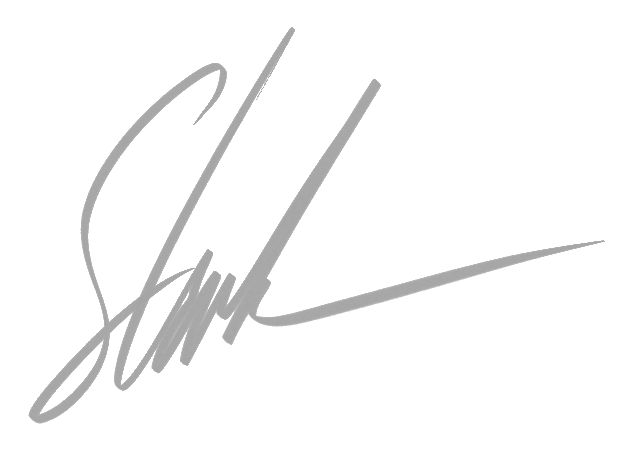Concept design - keeping it real
It is an amazing time to be alive for concept designers.
The barriers to entry to the industry have never been so low. International reach is possible through the Internet and cheap telecommunications. Tools of the trade have never been cheaper, and in many case are open-sourced. These tools are customisable, scriptable and lightweight enough to run on the laptop in the meeting.
The elephant in this room is the shadow side of all this goodness.
Lateral thinking vs unintentional deception
In his work on lateral thinking, Edward De Bono talks about the value of what he terms a ‘provocative operation’. The idea of the provocative operation is basically to create new ideas by de-railing reflexive thinking patterns and by suspending judgement. Instead of thinking ‘yes’ or ‘no’ in respone to an idea, allow your mind to ponder alternatives by saying ‘po’.
The value of the provocative operation is to allow your and your team’s minds to have wild, outrageous ideas that may find paths to new solutions. Knock your imagination out of the rut of its usual processes and memories and who knows what alternative ideas may present themselves?
The crux of this idea is that the provocation leads to alternative, rationally based ideas. These ideas still need to respond to the realities of the world, to budgets, to material science, to physics.
The provocative operation is a road to travel. It is not the destination.
The downside of amazing
The downside of the availability of amazing tools for concept design is that they can be used to generate amazingly realistic looking impossible ideas.
It is this very problem that led to the Kickstarter fundraising platform banning renders in 2012. The risk of presenting detailed, but un-realised ideas to non-technical clients is that they cannot make a fair evaluation of the concept.
Imagine a retiring, financially successful businessperson, picking up a magazine and seeing a futuristic concept of, say, a yacht that turns into a submarine. The pictures look amazing, because they’re done by a design grad with mad modelling and rendering skills, but sadly not the chops to know whether or not it’s viable.
The endgame is a disappointed client and a designer with a credibility problem.
The marine press has a responsibility here as well. Presenting impossible designs as candidates for build slots in order to feed the internet’s appetite for new and shiny things runs this same risk. Maybe we need warning labels ;-)
The upside of amazing
Ideally, these tools can be used as the amazing communications tools that they are. Showing considered, rational designs, with due consideration to what it takes to install huge glazing panels that are designed for the open ocean, with what is needed to actually see out of a wheelhouse, with what is needed to properly integrate a shell door, using immersive fly-through renders, is effective and powerful.
We can now optimise interior spaces while building in ease of maintenance. We can see and fix system clashes from the comfort of the studio, where rectification is orders of magnitude cheaper than on the shop floor.
When designs have been built virtually, tested structurally, refined hydrodynamically, verified ergonomically and reality checked against the myriad design rules (stay tuned for the upcoming post on design rules!) then a client can be satisfied that a concept is viable and not simply led astray by a spiffy render.
It is this technology that has allowed what may have once been merely a provocative operation to become astonishingly real. Zaha Hadid’s Heydar Aliyev Centre and Elon Musk’s Raptor engines spring to mind. In these cases, the wild imaginings were backed by experience and data.
The take-home
Visualisation technology is as effective at communicating truths as it is at showing impossibilities. Handle with care :)
Kind regards,
Nick




